Copenhagen, Denmark and Edinburgh, Scotland (UK)
Hej from Copenhagen
The herbarium in the botanical gardens of Copenhagen has about 1.3 million specimens with a good worldwide sampling of Iris. I had visited this herbarium in 2008 focusing on subgenera Limniris and Nepalensis. Because the herbarium specimens are being placed in storage for several years while a new facility that will house all Natural History Collections is under construction, I wanted to examine sheets of other subgenera while they are available.
I found several important specimens in the herbarium including the type of Iris celikii, a Turkish species of subgenus Hermodactyloides that was named in 2003 and two specimens of I. taitii that is now considered the same species as I. xiphium. I added a determination note that a specimen collected in May 1900 as I. songarica from Aschabad, Turkmenistan is actually I. longiscapa in subgenus Iris.
Similar to other large European gardens, the garden in Copenhagen has impressive facilities including a large tropical glasshouse. The gardens have several Iris species planted but due to current renovations I was unable to coordinate with the director of the living collections to photograph and study these.
The herbarium was closed on one day of my visit for a national holiday. I went with friends to a deer park that was used for hunting by the Royal family. There are three species of deer present in the park. Now the site is popular for walking, bike riding, and picnicking.
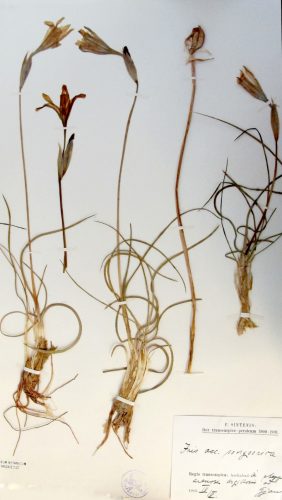
I. longiscapa

Copenhagen Glasshouse

I. latifolia
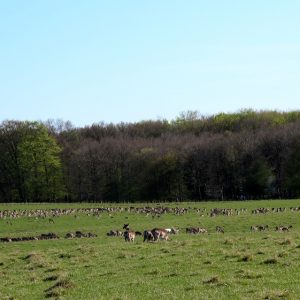
Royal Hunting Ground

I. actiloba subsp. lineata
Hello from Edinburgh
This was my first visit to the garden at Edinburgh and I was impressed. It has interesting topology that contributes to the overall expansive feeling of the garden and the diversity of plantings that are possible. The 70-acre garden was established in 1670 and in the early 1900’s extensive rock gardens were developed. I was interested in their living collections of Iris in the alpine collections and from China.
The herbarium was established in the early 1800’s with collections from the University of Edinburgh and the Botanical Society of Edinburgh and now holds more than 3 million specimens. Several projects have contributed to the holdings of Iris sheets and quite a few types are in the collection. Especially important to my research is the work of Peter Davis who authored the Flora of Turkey and contributions to the Flora’s of India, Bhutan and China by herbarium curators. I met with Henry J. Noltie, a researcher involved in each of the latter. He has collected in the Himalayas and described several Iris from China that are new to science.
I photographed sheets of plants that I have not seen previously, many of which are now considered synonyms of other species. An example is I. mellita from Bulgaria that is now not recognized as a distinct species but is instead considered I. suaveolens, a species I have seen in western Turkey. I found one isotype (collected at the same time as the type) in the collection and set it aside so that they could place it in a type folder and added determinations to both previously identified specimens and specimens that were collected without identification. I was able to compare my Chinese collections of bearded Iris to their collections including several types to corroborate my identifications. I worked four days in the herbarium but did not complete my study of the Iris collections. The people I interacted with at the herbarium and garden were knowledgeable and helpful and I will plan a return trip with great enthusiasm.
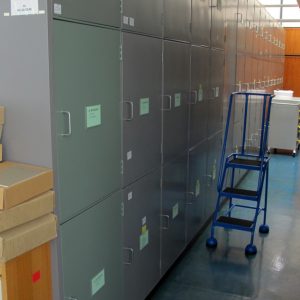
Herbarium
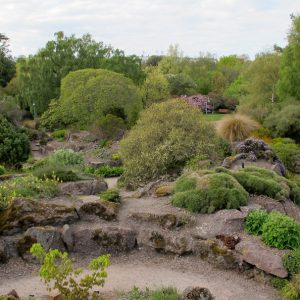
Rock Garden
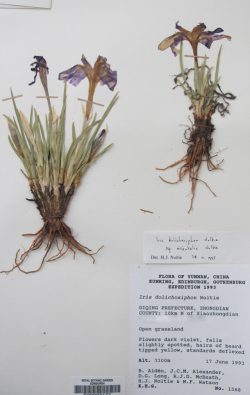
I. dolichosiphon
